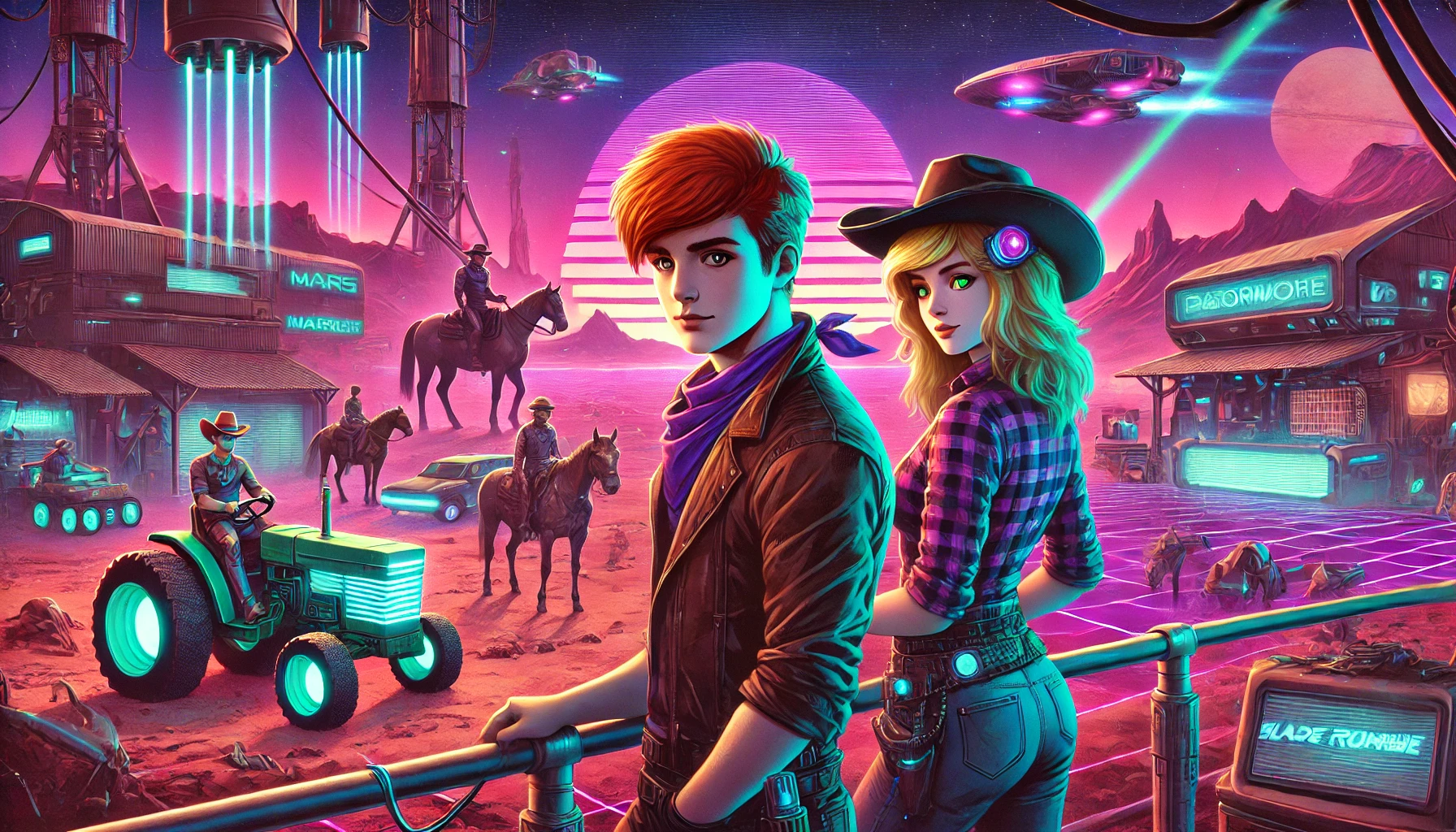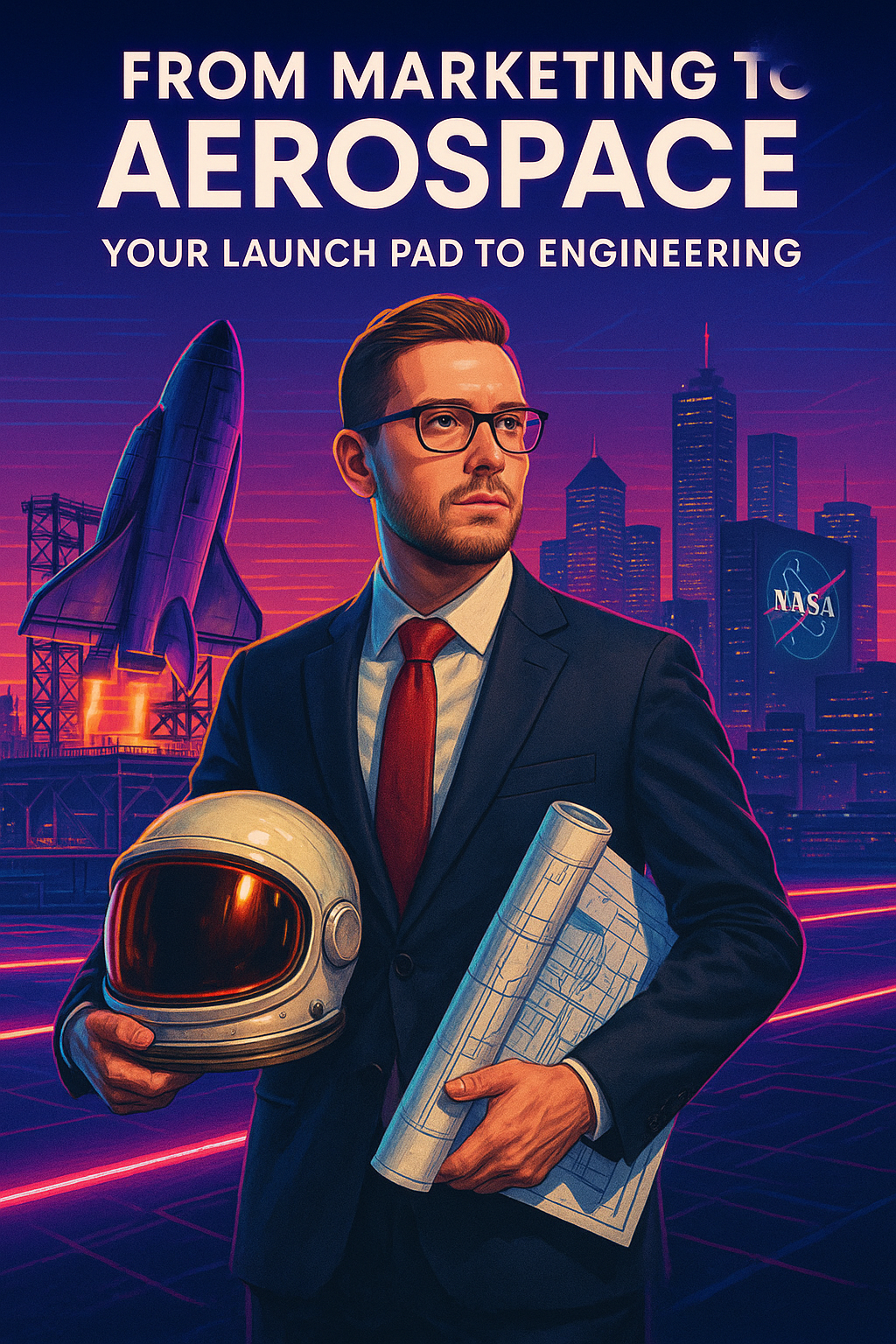illphated
🚀 How Astronauts Turn Pee Into Drinking Water on the ISS
Up on the International Space Station, there’s no faucet to refill from — and sending up gallons of water from Earth costs tens of thousands of dollars per kilogram. So NASA did what NASA does best: they engineered a way to recycle almost every drop of water that astronauts use, including from sweat, breath, and yes… pee.
Before you cringe, let’s break down how it works — because it’s honestly brilliant.
💧 Step 1: Collecting Every Drop
Nothing goes to waste in orbit. Astronauts’ urine is collected using a special vacuum-assisted toilet (gravity doesn’t help much in space). Moisture from sweat and even exhaled breath is captured from the cabin air through a humidity control system.
All of that — the pee, the sweat, the condensation — is fed into one big system: NASA’s Environmental Control and Life Support System, or ECLSS.
⚙️ Step 2: Spinning Out the Water
Inside the Urine Processor Assembly (UPA), the liquid is spun in a centrifuge that acts like artificial gravity. This distills out pure water vapor from the rest of the waste. What’s left behind is a thick brine that gets stored or further processed later.
The clean water vapor moves on for the next phase of purification.
🧪 Step 3: Turning Vapor Into Pure Water
This vapor joins the reclaimed moisture from the cabin air inside the Water Processor Assembly (WPA) — the heart of the ISS water recycling loop.
Here’s where the magic happens:
Multi-filtration beds remove salts, organics, and other dissolved nasties.
Catalytic oxidation heats and treats the water with oxygen to destroy any remaining microbes or trace contaminants.
Sensors constantly check purity before it’s stored in the station’s water tanks for drinking, cooking, and even oxygen generation.
The result? Water that’s actually cleaner than most tap water on Earth.
♻️ Step 4: Brine and Beyond
That leftover brine from the earlier stage still has some trapped water. Newer systems NASA’s testing can squeeze out even more — up to 98% total water recovery. That’s a huge deal for future Moon and Mars missions where resupply isn’t an option.
☕ Yesterday’s Coffee → Tomorrow’s Coffee
NASA astronauts like to joke: “Today’s coffee is tomorrow’s coffee.”
It’s not gross — it’s genius. The system proves that with the right technology, humans can create sustainable life support far beyond Earth.
So next time you take a sip of water, remember: somewhere 250 miles above you, someone’s doing the same… from what used to be their morning pee.
Written by illphated — exploring the weird, the smart, and the future.
EmailURL







lpd6lg
3wy91o